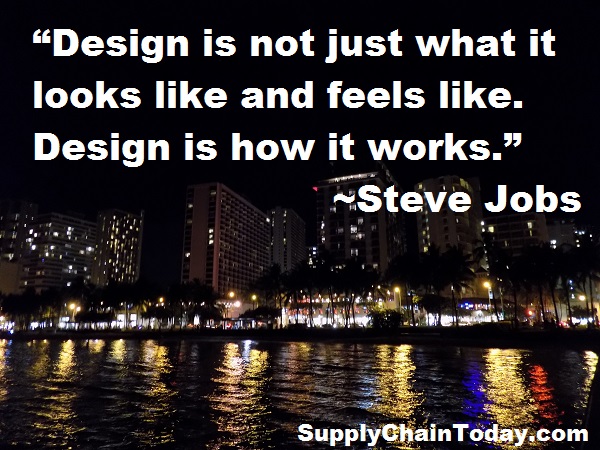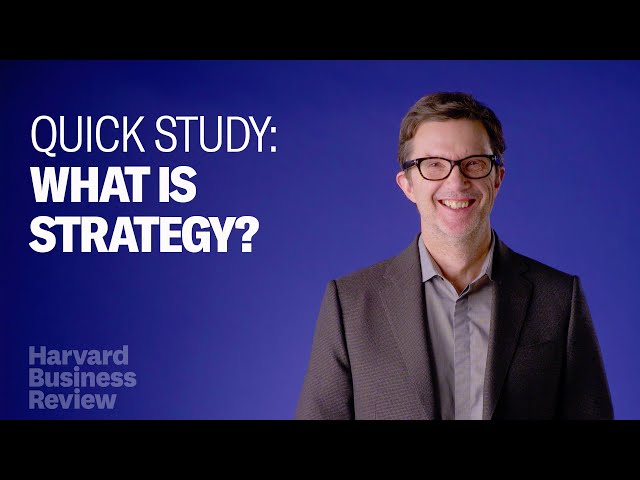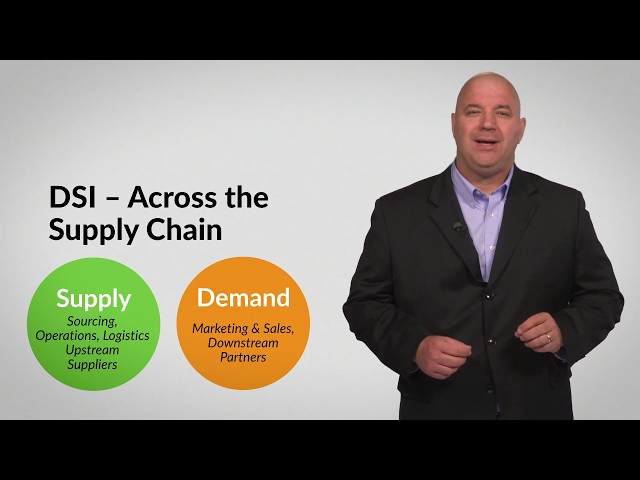What Is Design Thinking?
Design thinking is a problem-solving approach that is focused on understanding the needs of users and developing solutions that are tailored to those needs. It is based on the idea that design is not just about aesthetics, but about creating functional and effective solutions to real-world problems.
Design thinking is often used in product design and development, but it can be applied to a wide range of fields and industries, including business, education, healthcare, and social impact. It is characterized by a focus on collaboration, empathy, and experimentation, and it involves a number of key stages, including:
- Empathize: This involves understanding the needs, desires, and motivations of the users or customers who will be using the product or service.
- Define: This involves identifying the specific problem or opportunity that needs to be addressed, and defining it in a clear and concise way.
- Ideate: This involves generating a wide range of ideas and solutions to the problem or opportunity, and encouraging creative thinking and open-ended exploration.
- Prototype: This involves creating a physical or digital representation of the proposed solution, which can be tested and refined.
- Test: This involves gathering feedback and data on the prototype, and using it to iterate and improve the solution.
Overall, design thinking is a flexible and adaptable approach that can be used to solve a wide range of problems and create innovative solutions that meet the needs of users.
Advantages and Disadvantages of Design Thinking
There are a number of potential advantages to using design thinking, including:
- It helps organizations create solutions that are more user-centric and effective.
- It encourages collaboration and multidisciplinary teams, which can lead to more diverse and innovative solutions.
- It encourages experimentation and iteration, which can help organizations quickly identify and address problems.
- It helps organizations create solutions that are more sustainable and scalable.
There are also some potential drawbacks to using design thinking, including:
- It may not be appropriate for all types of problems or organizations.
- It can be time-consuming and require significant resources to implement.
- It may not always produce the desired results, especially if not used correctly or if the problem is complex or ill-defined.
Overall, design thinking can be a useful approach for organizations looking to create innovative and effective solutions, but it should be used in conjunction with other problem-solving approaches and techniques to provide a more complete and accurate picture of an organization’s needs.
Cost Savings: Design Thinking
Design thinking can help organizations save money by helping them create solutions that are more user-centric and effective, which can lead to improved customer satisfaction and loyalty. This can help organizations increase sales and reduce costs associated with customer acquisition and retention.
Design thinking can also help organizations create more sustainable and scalable solutions, which can lead to cost savings over the long term. For example, by designing products or processes that use fewer resources or are easier to maintain, organizations can reduce operating costs and improve efficiency.
Additionally, design thinking can help organizations identify and address problems more quickly and efficiently, which can reduce the risk of costly disruptions or errors. By encouraging experimentation and iteration, design thinking can help organizations quickly identify and address problems, leading to cost savings.
Overall, design thinking can help organizations save money by creating more user-centric and effective solutions, creating more sustainable and scalable solutions, and identifying and addressing problems more quickly and efficiently.
An Overview of Design Thinking.
Design Thinking Quotes
- “It’s not ‘us versus them’ or even ‘us on behalf of them.’ For a design thinker it has to be ‘us with them’” ~Tim Brown
- “We can’t solve problems by using the same kind of thinking we used when we created them.” ~Albert Einstein
- “If you’re interested in design, the best thing to do is observe how people interact with each other and the things they use.” ~ Julie Zhuo
- “The main tenet of design thinking is empathy for the people you’re trying to design for. Leadership is exactly the same thing – building empathy for the people that you’re entrusted to help.” ~David Kelley
- “User-centered design means understanding what your users need, how they think, and how they behave – and incorporating that understanding into every aspect of your process.” ~Jesse James Garrett
- “Every great dream begins with a dreamer. Always remember, you have within you the strength, the patience, and the passion to reach for the stars to change the world.” ~Harriet Tubman
- “Fail often so you can succeed sooner.” ~Tom Kelley
MBA Terminology and Strategy Concepts
- Balanced Scorecard – Simple explanation.
- Continuous Improvement Training.
- How to Deal with Change – Who Moved My Cheese?
- Internet of Things (IoT) Training.
- Need Supply Chain Planning and Strategy Training? Try these resources.
- Pareto Principle and 80/20.
- Science Of Persuasion – Good Negotiation Skill. Over 6.5 million views.
- SCM Postponement Strategy
- Supply Chain and MBA Key Concepts.
- What is Blue Ocean Strategy?
- What is SWOT Analysis? Definition and How to Do a SWOT.
What Is Strategy? It’s a Lot Simpler Than You Think.
The Strategic Role of Demand Management in Supply Chains
Finding Your Company’s Core Competencies
How Amazon’s Supply Chain Management Strategy Works?
“Design is not just what it looks like and feels like. Design is how it works.” ~Steve Jobs




